Vanishing Point (2020)
Género : Documental
Tiempo de ejecución : 33M
Director : Sarah Salem, Marie-Chloé Racine
Sinopsis
Through the voices of young islanders, Vanishing Point tackles the possible disappearance of the Îles-de-la-Madeleine, resulting from the frequent storms and climate change.

Aclamadísimo documental de naturaleza sobre el mundo de los insectos y de las criaturas microscópicas que habitan en un simple jardín.
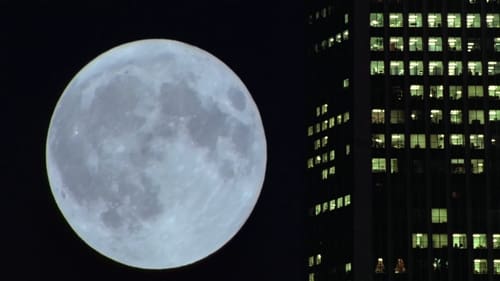
Realizado entre los años 1975 y 1982, "Koyaanisqatsi" -primera parte de lo que sería luego una trilogía formada por Koyaanisqatsi (1982), Powaqqatsi (1988) y Naqoyqatsi (2002)- es un singular documental que refleja la colisión entre dos mundos obligados a convivir: por un lado la vida de los hombres en la sociedad moderna, la vida urbana y occidental, llena de tecnología, ciencia y consumismo. Por otro la naturaleza y el medio ambiente del planeta Tierra. Sin voz humana, tan sólo con el poder de las imágenes y la banda sonora minimalista de Philip Glass, Godfrey Reggio presentó este documental ante 5000 personas el 4 de Octubre de 1982 en el Radio City Hall de Nueva York, convirtiéndose al instante en un documental de culto.

Documental sobre la emigración de los pinguinos en la Antártida. Cada año en la Antártida da comienzo un emocionante y hermoso viaje. Cientos de miles de pingüinos Emperador abandonan la seguridad del océano para adentrarse en la desértica tierra helada. Una región tan dura y extrema que ningún otro ser vivo se atreve a habitar. Toda la comunidad de Pingüinos marchan a través de este difícil paisaje de hielo. Con resolución y valentía conducidos por su necesidad de reproducirse con el fín de la supervivencia de la especie. Esta es la historia de una familia de pingüinos.

Viaje hacia el Este de Africa, con más de dos millones de bestias salvajes, cebras y antílopes que viajan a más de 800 km a través de las llanuras del serengeti.
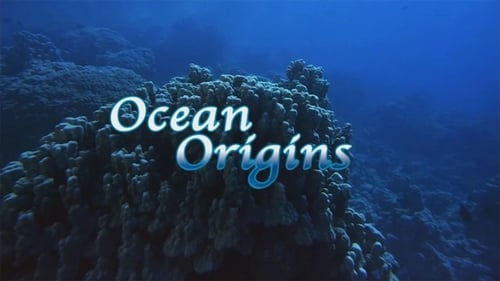
En este documental, filmado originalmente y exhibidos en alta definición de formato de película de IMAX, Ocean Orígenes explora el mundo natural del mar, desde el organismo unicelular a formas más complejas de la vida. Mediante la combinación de técnicas de fotografía macro y micro, con material documental fascinante, esta película creativa examina una variedad de teorías científicas , Ocean Orígenes nos invita a una aventura extraordinaria - 4 mil millones de años de la evolución en los océanos del mundo. Este documental tiene por objeto examinar el proceso de evolución al mirar las muchas criaturas del mar que ilustran la manera en la vida multicelular ha surgido en miles de millones de años.

David Attenborough takes us on a guided tour through the secret world of plants, to see things no unaided eye could witness. Each episode in this six-part series focuses on one of the critical stages through which every plant must pass if it is to survive:- travelling, growing, and flowering; struggling with one another; creating alliances with other organisms both plant and animal; and evolving complex ways of surviving in the earth's most ferociously hostile environments.

Shot mainly using spy cameras, this film gets closer than ever before to the world's greatest land predator. As the film captures its intimate portrait of polar bears' lives, it reveals how their intelligence and curiosity help them cope in a world of shrinking ice.
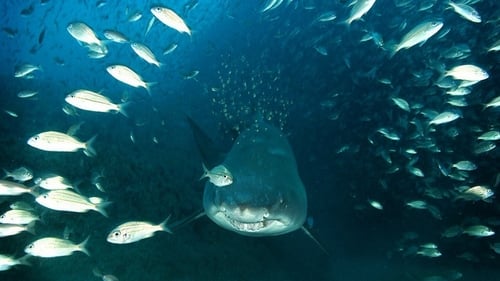
Deep Sea 3D es una aventura de inmersión submarina de IMAX que transporta a la audiencia a grandes profundidades bajo la superficie del océano, la conduce a varios lugares por las aguas del globo y les muestra cosas nunca antes vistas: Un encuentro cercano con un amplio espectro de los más exóticos integrantes de la vida submarina.

Sea testigo de la mayor colección de diversidad jamás producida. The Greatest Places es una película de gran formato que te lleva en un viaje a siete de los lugares geográficamente más dinámicos de la Tierra. Incluyendo el Amazonas, Groenlandia, las Cataratas del Iguazú, el Desierto de Namibia, el delta del Okavango, Madagascar y el Tíbet.

Standing almost alone in the great Southern Ocean, South Georgia island plays host to some of the largest concentrations of animals anywhere on Earth during the spring and summer months. This is the story of these vast animal cities, and of the order that lies beneath their seeming chaos.
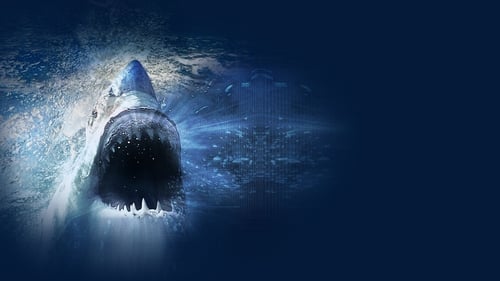
Peter Gimbel and a team of photographers set out on an expedition to find and Film, for the very first time, Carcharodon carcharias....The Great White Shark. The Expedition took over nine months and traveled from Durban, South Africa, across the Indian Ocean and finally to South Australia.
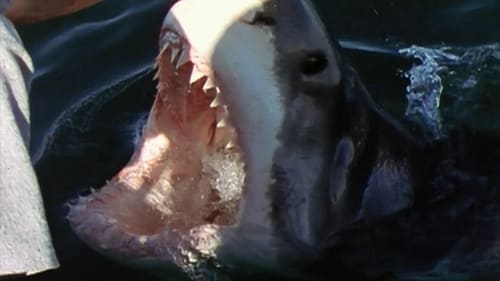
See the world's first MRI scan of a great white shark as Ultimate Shark reveals the extreme engineering and predatory abilities of one of nature's most near perfect predators. Hear firsthand accounts of people who survived harrowing encounters, including a surfer who was bitten on the arm and leg, towed by the surfboard ankle strap and miraculously escaped only with minor injuries. National Geographic demystifies the true motives and power behind their behavior.

Photographer Bob loses his girlfriend. A year later he meets Kathleen. Is she in love? Or does she use him for her dark dealings with the mafia?

This documentary goes to coral reefs of the Bahamas and the waters of the Kingdom of Tonga for a close encounter with the surviving tribes of the ocean: wild dolphins and belugas, the love of a Humpback mother for her newborn calf, the singing Humpback males, an orca the mighty King of the ocean, and the gentle manatee. Little-known aspects of these creatures capable of sophisticated communication and social interaction. Documents the life of these graceful, majestic yet endangered sea creatures

While this noble steed's role in a civilized society remains overshadowed by their automotive equivalent of horsepower, this was not always so. Gallop back in time where wild stallions roamed free in herds aplenty. Back to a time when these magnificent creatures stampeded across the Great Plains of America, the rocky mountain terrain of South America, and the desolate outback of the land down under. Forever branded by Hollywood through countless movies about the Wild West era, this educational video reins in the viewer with an honest look at the history, evolution, and the modern-day need for the domestic horse.

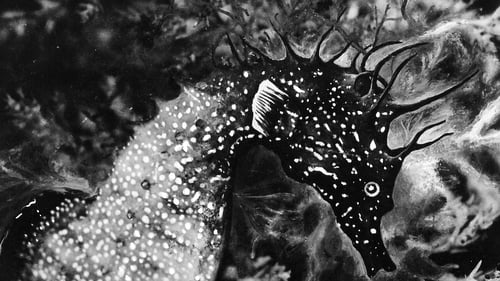
Examines the sea horse, the only fish that swims upright. We watch it use its prehensile tail to wrap around plants and other sea horses. A frontal bulge houses organs including an air ballast. Three fins propel this fish. We see a female place her eggs in a male's pouch where they are fertilized and nurtured until birth in violent contractions. Inside the pouch are nurturing blood vessels. We then follow the growth of an embryo, greatly magnified: we examine its heart beating and its dorsal fin moving. Young sea horses attach themselves to each other. The film ends with images of many sea horses moving on the ocean floor, superimposed on a horse race.
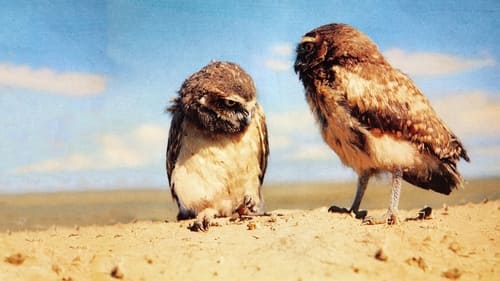
Story of the American Prairie as it was when vast herds of bison and elk grazed.

Main subject of Serengeti is the mass migration of wildebeest , which in search of nutritious grass hundreds of kilometers annually by the savannah draw. At the end of the rainy season, they break into a huge herd of over a million animals on the north. The wildebeest and other animals are joining the migration, as zebras and gazelles , continuously exposed to hazards, particularly by predators such as lions and cheetahs . A highlight of the great migration, the crossing of the Mara is: There, the wildebeest have to overcome not only meter high cliffs, they are also crocodiles delivered. With the onset of the rainy season, however, leave the wildebeest north again what had long been a mystery. The reason for this is that the grass in the north a phosphorus deficiency , and said thus wildebeest forces to retreat to the south.
















